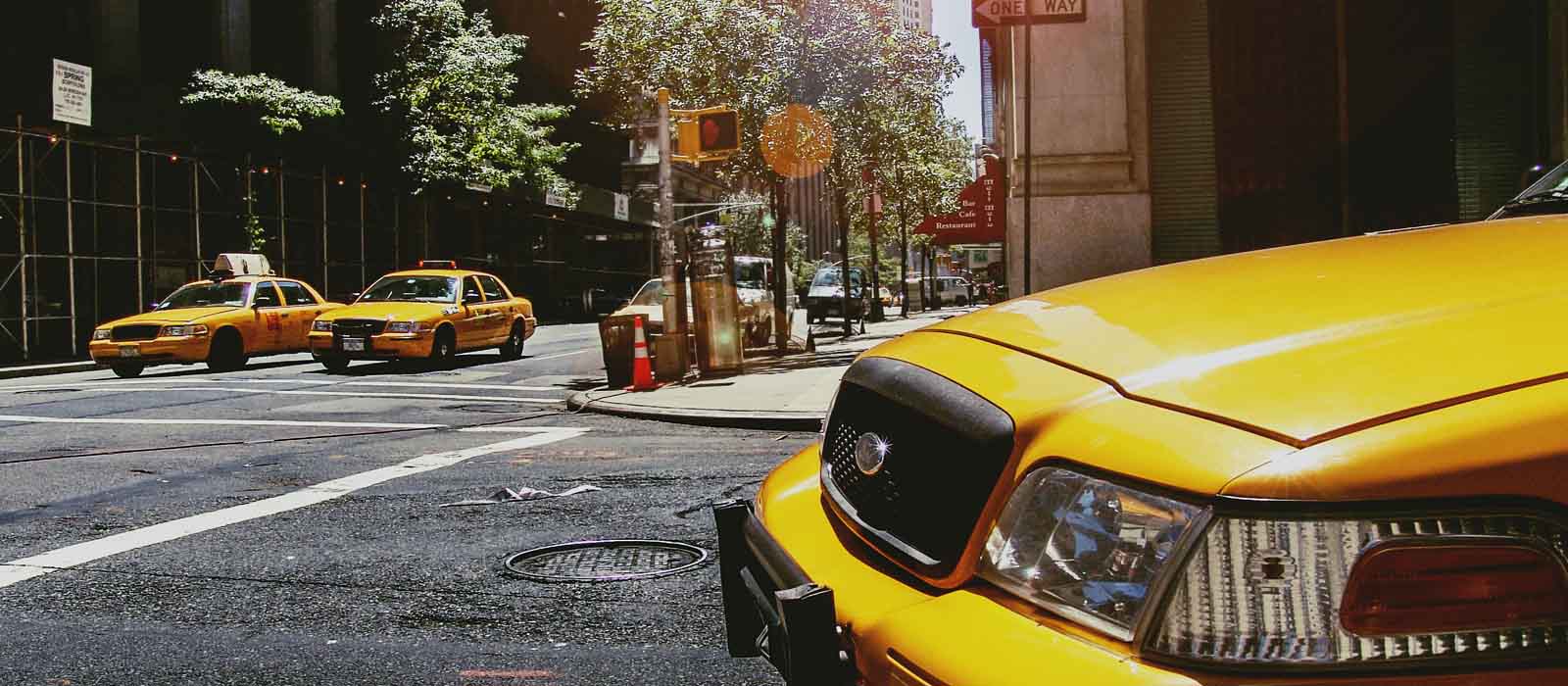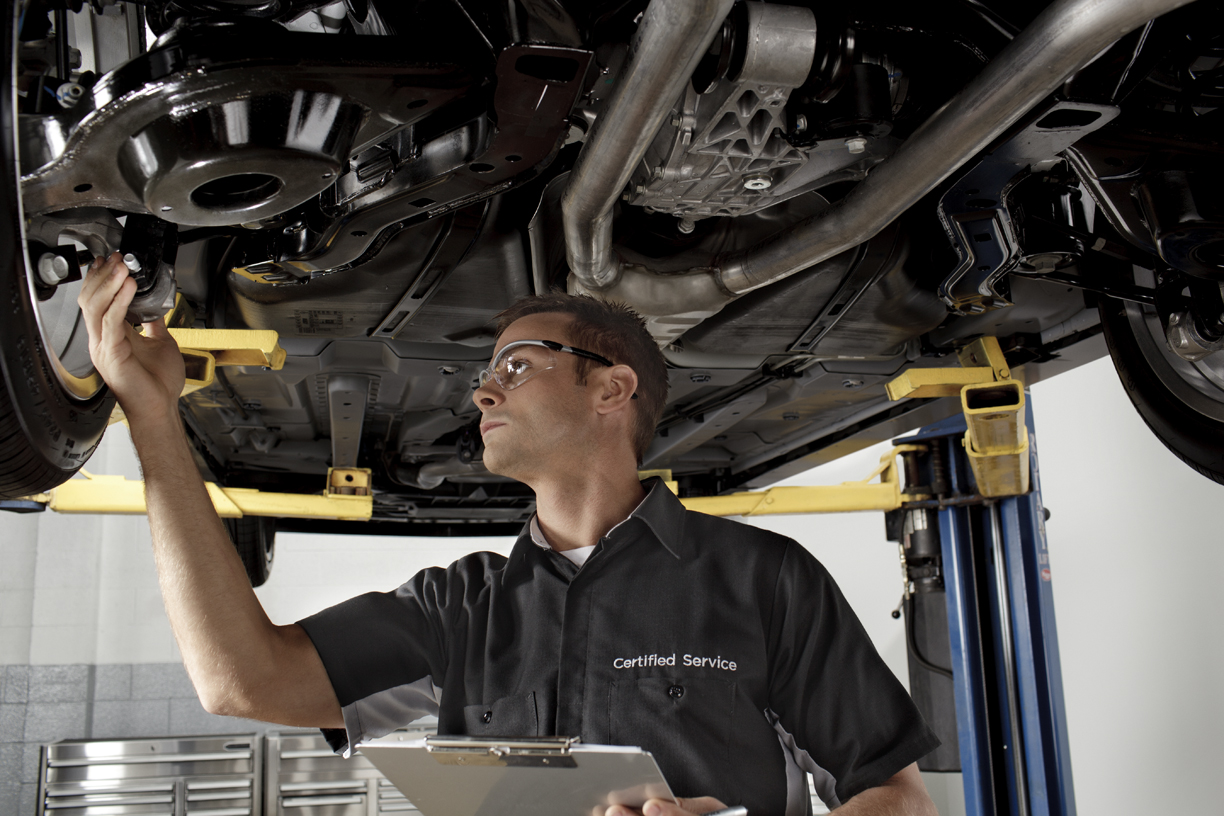Everyone remembers their first car, their driving lessons and finally passing their test. They probably remember the bill for their first service, MOT or repair job too. With astronomical insurance premiums and sky-high petrol prices, keeping the cost of car maintenance down is as important as ever to new and young drivers. Fortunately, with a little knowledge and some regular checks it is possible to do just that.
As a new driver it is easy to forget that there is more to running a car than filling her up with petrol and setting off down the road. Whilst some of the things detailed in this guide will save you money, some might even save your live.
Before you start, it is a good idea to consult your car’s manual as it will detail a whole host of things specific to your car’s make and model. Failing that, Google is your friend. And whilst the following checks are all fairly simple to carry out, if you are unsure it is always best to consult an expert.
Underneath the Bonnet
Let us dive right in at the deep end and take a look under the bonnet. There are three things under here that you should familiarise yourself with and check on a regular basis. Before opening the bonnet ensure your engine has had time to cool off if you have just gotten home from a drive. Once cool, you should find the level under the dashboard, usually on the driver’s side of the car.
Your car’s engine oil helps lubricate the moving parts in the engine and prevents its wear and tear. If the engine oil light comes on you are likely going to have to top up the oil well, although it is a good idea to check your oil levels every now and then too. To do so, find the oil well under your bonnet and remove the dipstick. Wipe it with a damp cloth and place it bank into the well before removing it again to check the oil level. There will be ‘minimum’ and ‘maximum’ markers on the dipstick that allow you to see whether there is enough oil in your engine.
If the oil requires topping up consult the manual to find out what type of oil your car requires. Unscrew your oil filler cap and top up carefully as overfilling can damage your engine. If there is a creamy substance it means that water is getting into the oil – take the car to your local garage.
Next, your screen wash fluid tank should also be kept full with a mix of washer fluid and warm water. This is what will be sprayed onto your windscreen when you wash it from within your car. In the winter, it is important to use slightly more washer fluid in order to prevent the solution from freezing. To top up, simply remove the cap on the tank and pour in the mix of washer fluid and warm water.
Other things to be aware of are your brake fluid, coolant and power steering fluid. These should not need replacing very often (particularly on newer cars) but it is good practise to make yourself aware of where each of the fluids can be found in the engine. A word of warning – do not open the coolant reservoir unless you are sure the engine is cold as doing so can cause a nasty jet of the fluid to spurt out of the well.
Outside the Car
There is also plenty to see and maintain on the outside of your car. The most important things to inspect are your car’s tyres and lights, although it is a good idea to keep a tab on your wipers, windows and body work too.
Your tyres should be inflated to the pressures indicated in your car’s manual and free of abrasions, bumps and scrapes. The law requires that the tread on your tyres should be over 1.6mm deep. If you find the tyres do not pass any of these tests it may be time to have them replaced. Get in touch with your local garage or mobile tyre fitters to arrange an appointment. Visit www.bktyres.co.uk for more information or to arrange a replacement.
Once the tyres have been checked, it is important to ensure your lights are in working order. To do so, turn the key in your car’s ignition far enough to enable the electronics and turn on your lights. Walk around the car to inspect that they are in working order on both the rear and front of your car. To test the brake and reverse lights, start the car and have a friend check from behind.




